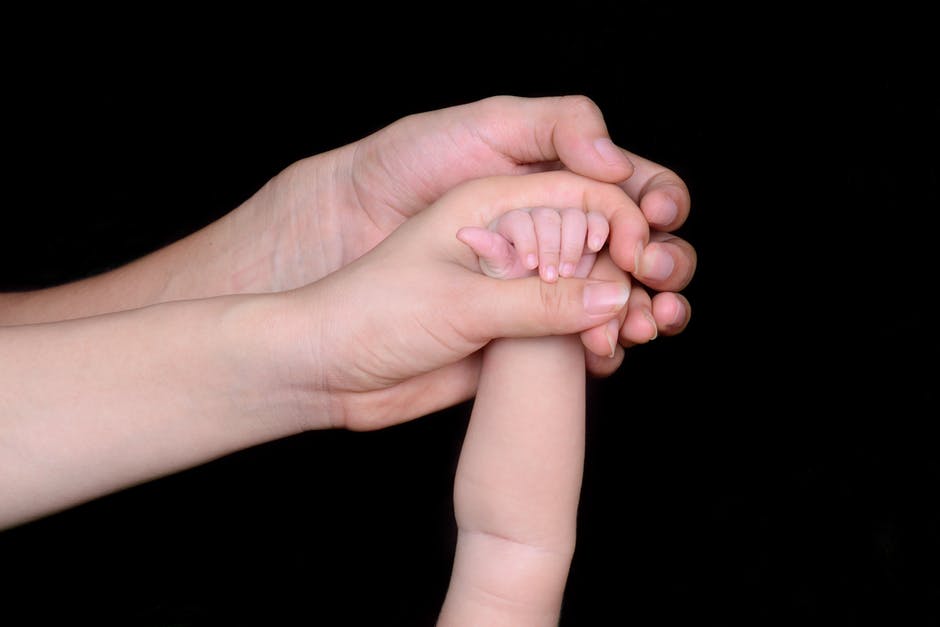Author: Chantal Chen, Occupational Therapist, with Ronni Rowland, Writer
Attachment develops from a child’s earliest moments with their primary caregivers. A communication system is developing, which involves not only language but also touch, listening, emotion, and environment. When a baby’s needs are met, secure attachment forms. “Neglect and rejection will cause trauma in the core of a child and lead to avoidant or ambivalent patterns of attachment,” says Chantal Chen, occupational therapist with ELG. “Fostering secure attachment is important because it lays the foundation for future relationships as well as the child’s sense of self.”

Consider these five strategies to strengthen attachment:
1. Foster a healthy relationship.
Consider the P.A.C.E. model by Dan Hughes, which emphasizes these four elements of a healthy relationship: playfulness, acceptance, curiosity, and empathy. When you spend time with your child and are interested in their thoughts, actions, and desires, this shows your child that they are interesting and valuable. Secure attachment is reinforced, and the child learns you are dependable and trustworthy.
2. Support mature “emotional age.”
Early experiences impact a person’s emotional age. Adults often react with emotions and patterns of behavior that reflect their early attachments. “To foster positive emotional development, provide a space to contain children’s emotions, such as stress and frustration,” says Chantal. “Show unconditional love, and provide your child with the space and vocabulary to talk about what they’re feeling.”
3. Provide structure.
Establish daily routines, clear rules, and consistent expectations for behavior. This structure plays an important role in children’s behavior. When you respond to your child’s behavior in a consistent way, they will respond more consistently as well. You will spend less time correcting the chaos and more time engaging in positive interactions and learning.

4. Implement time-in instead of time-out.
When a child makes a mistake, instead of putting your child in “time-out” try “time-in” instead, where the child stays close to their parent, is encouraged to express their feelings to their parent, and is given a chance to calm down. “This strategy brings the child to the parent,” explains Chantal. “If a child is isolated and left to ‘think about what they’ve done’ they may not have the capacity to resolve the situation.” Time-in shows empathy for the child and helps your child develop self-reflective problem-solving strategies.
5. Lessen sensory stimulation.
Children learn self-regulation techniques from caregivers, so simplify daily schedules and reduce extra noise. “Too much stimulation leads to distraction and stress,” explains Chantal. “Ask yourself how much excitement or anxiety a particular activity is going to create. Regulate exposure to over-stimulating environments.”

Secure attachment is one of the most important things parents can offer their child. Every day is an opportunity to develop a bond that’s secure and leads to a future filled with love and healthy, happy relationships.
